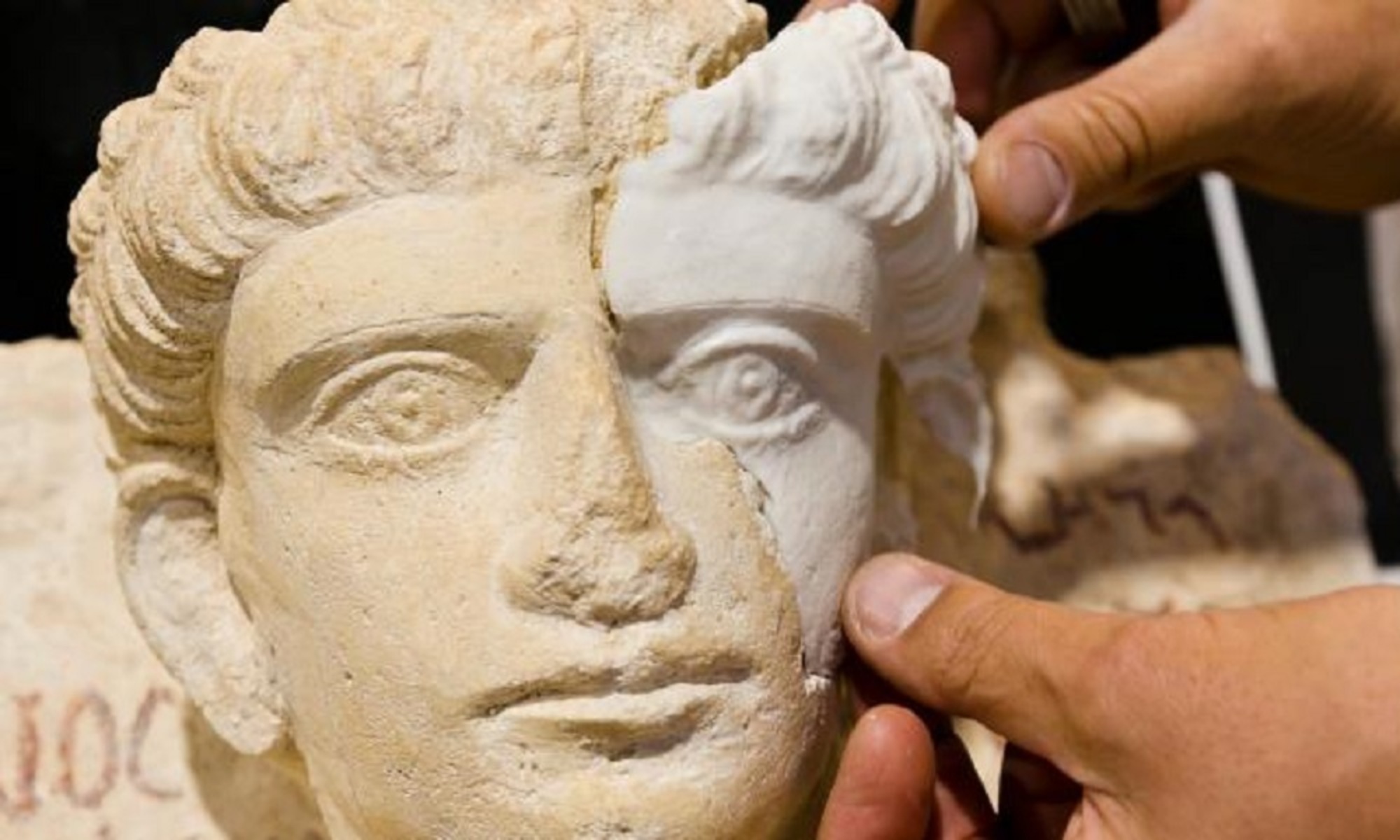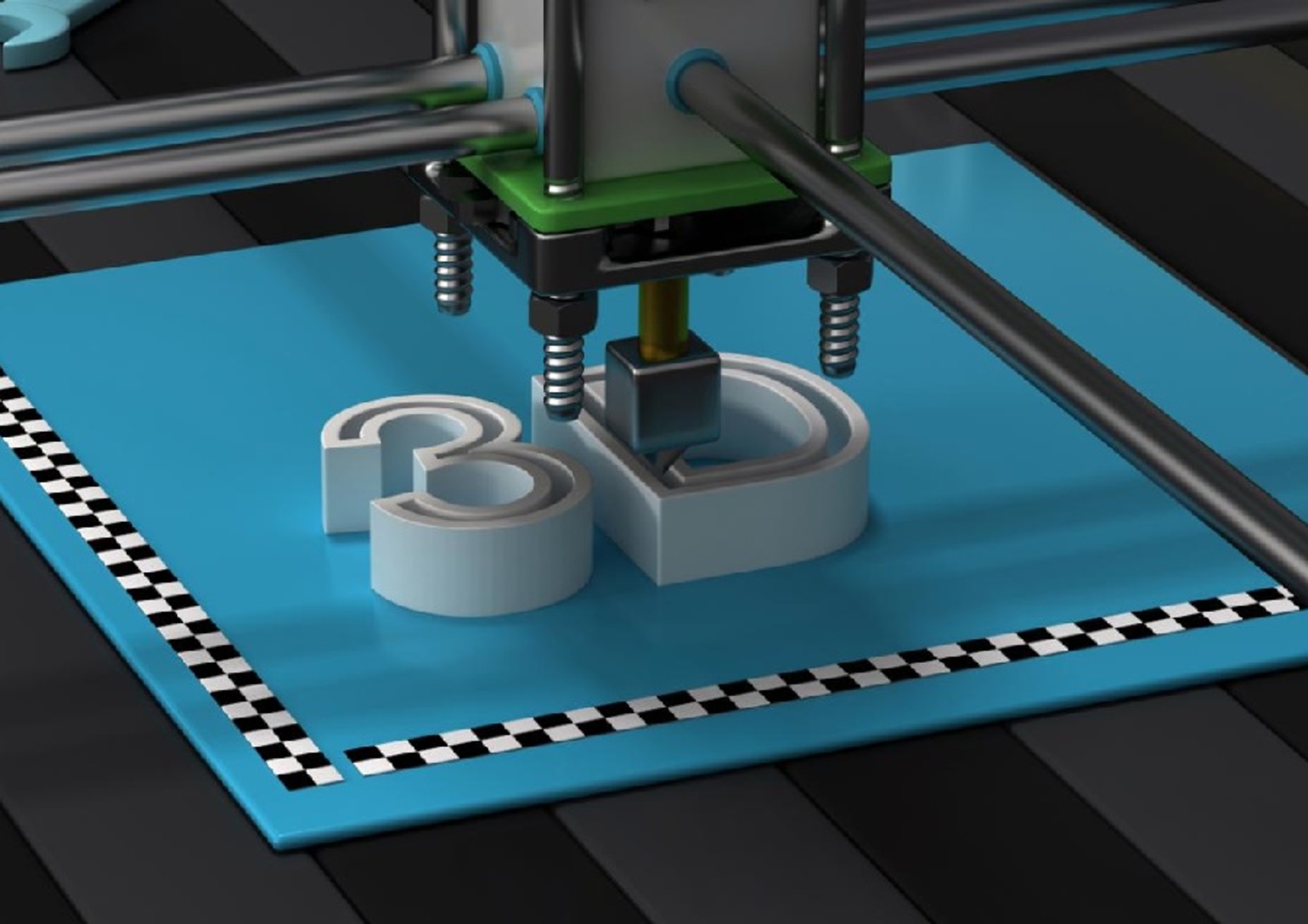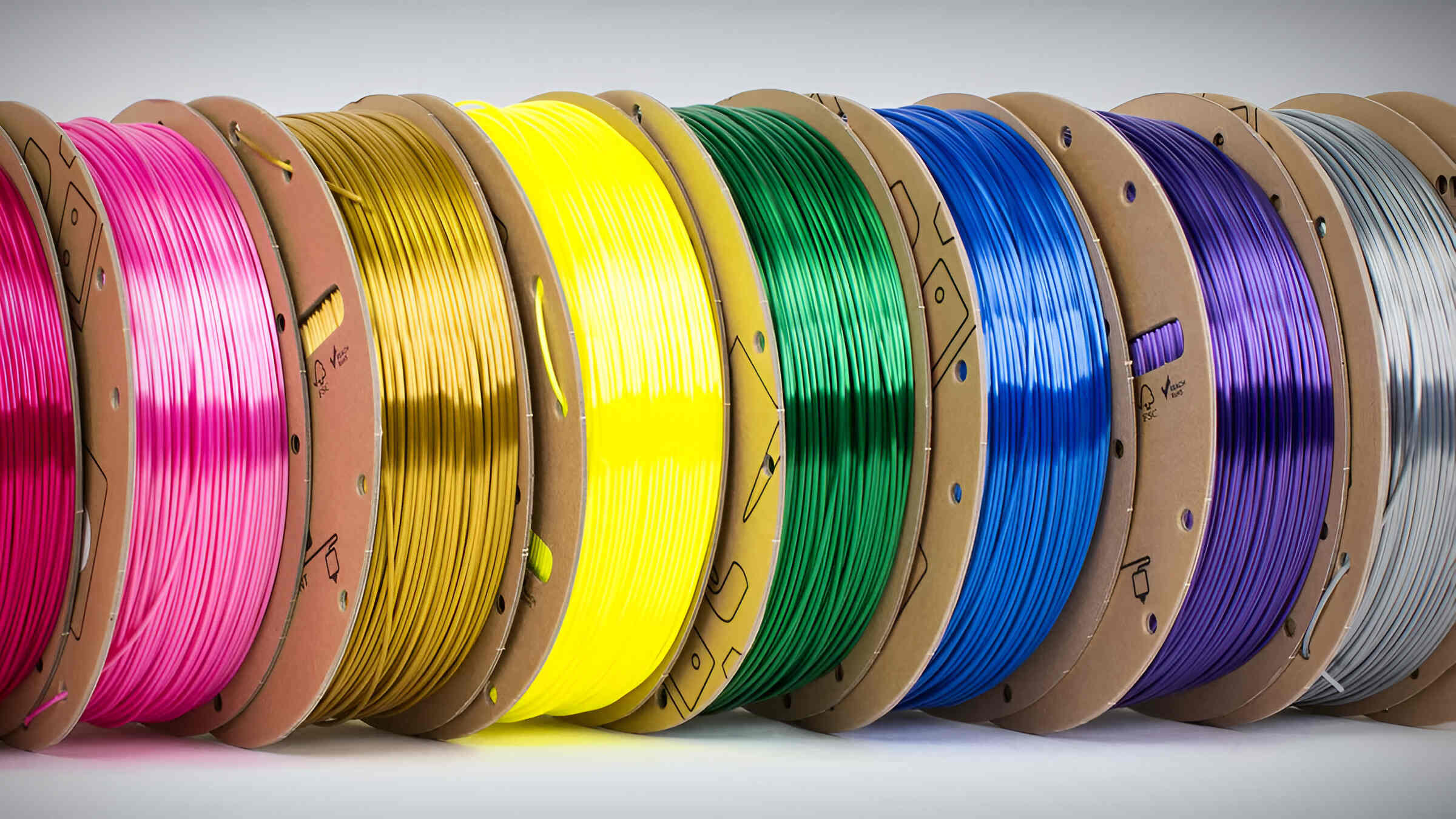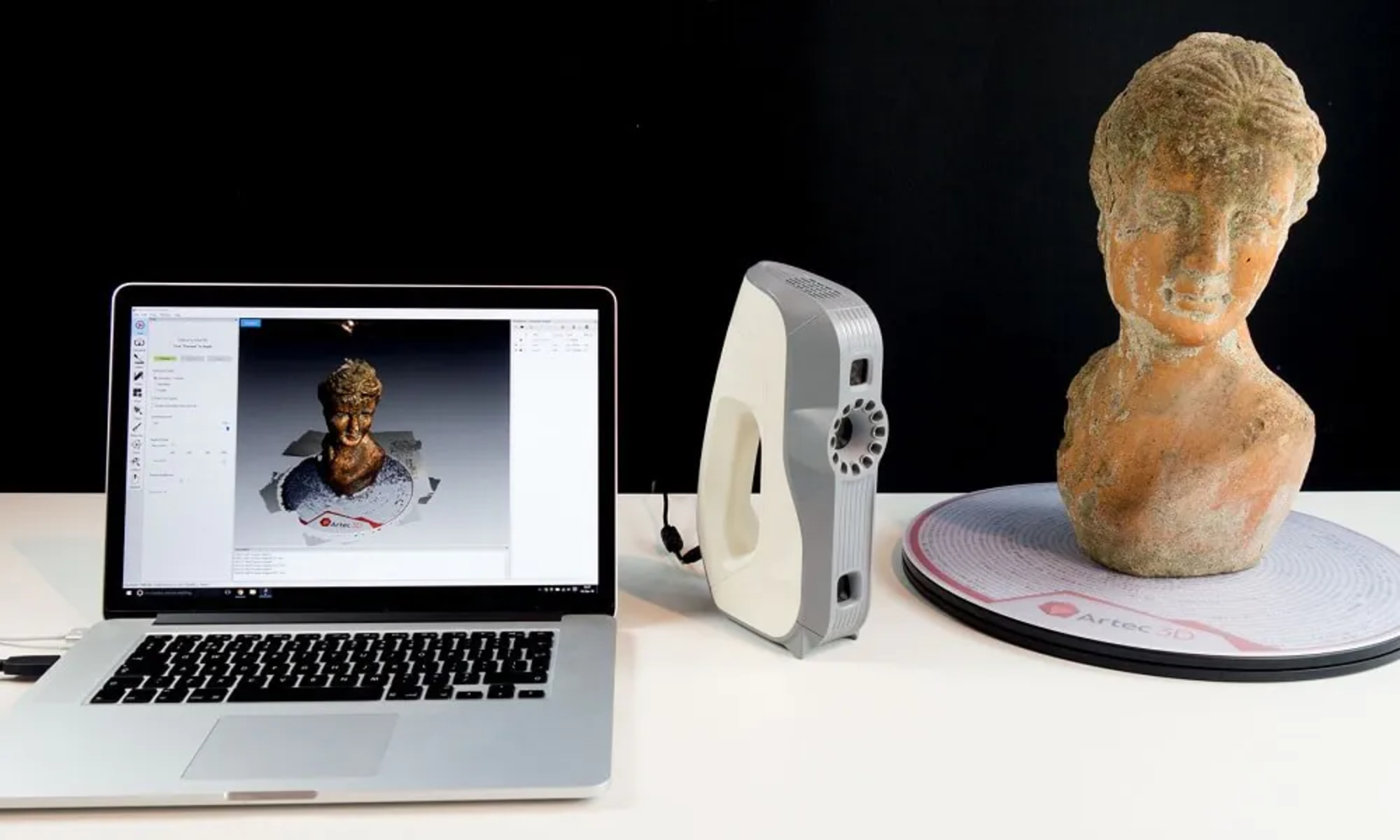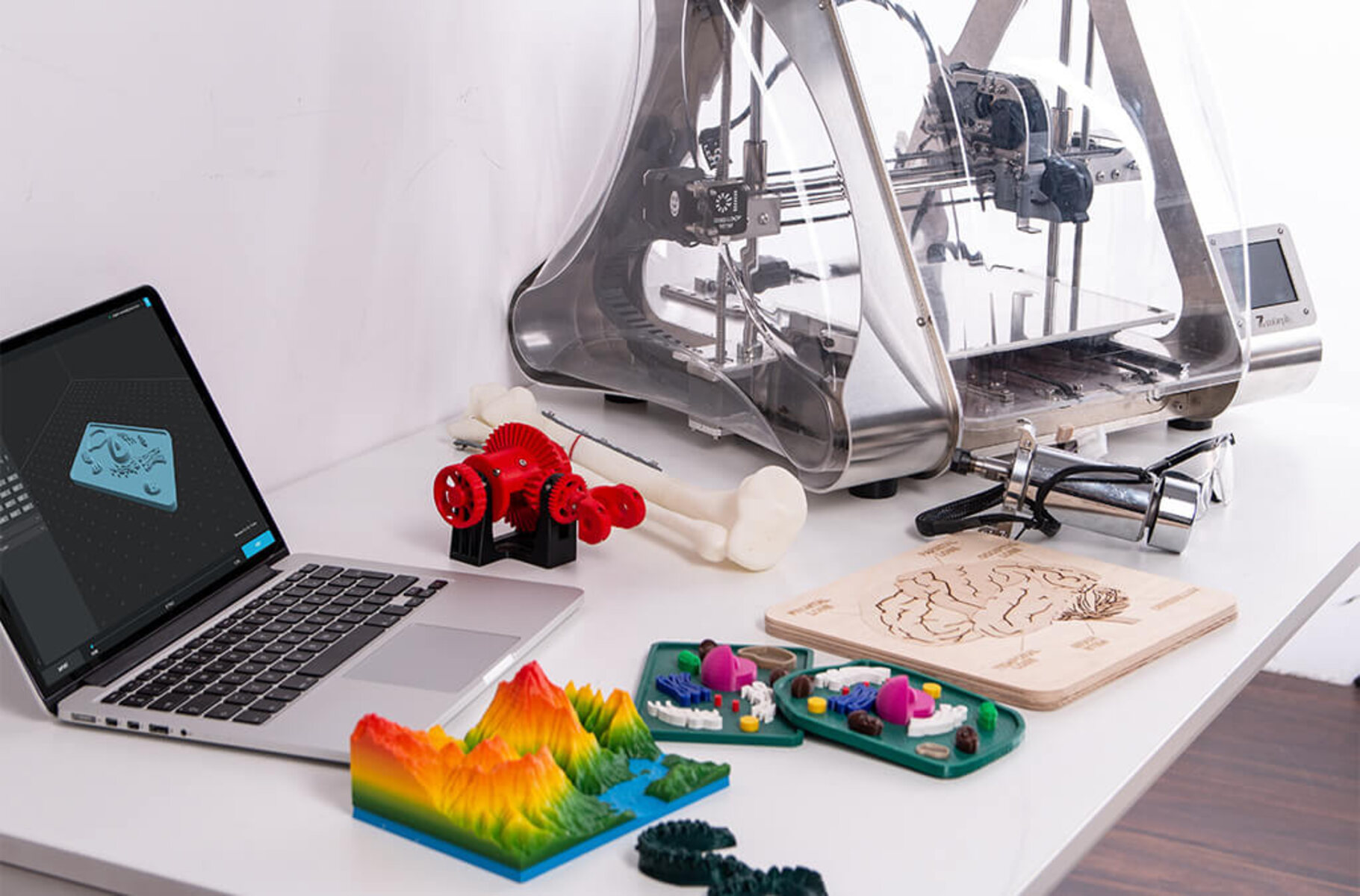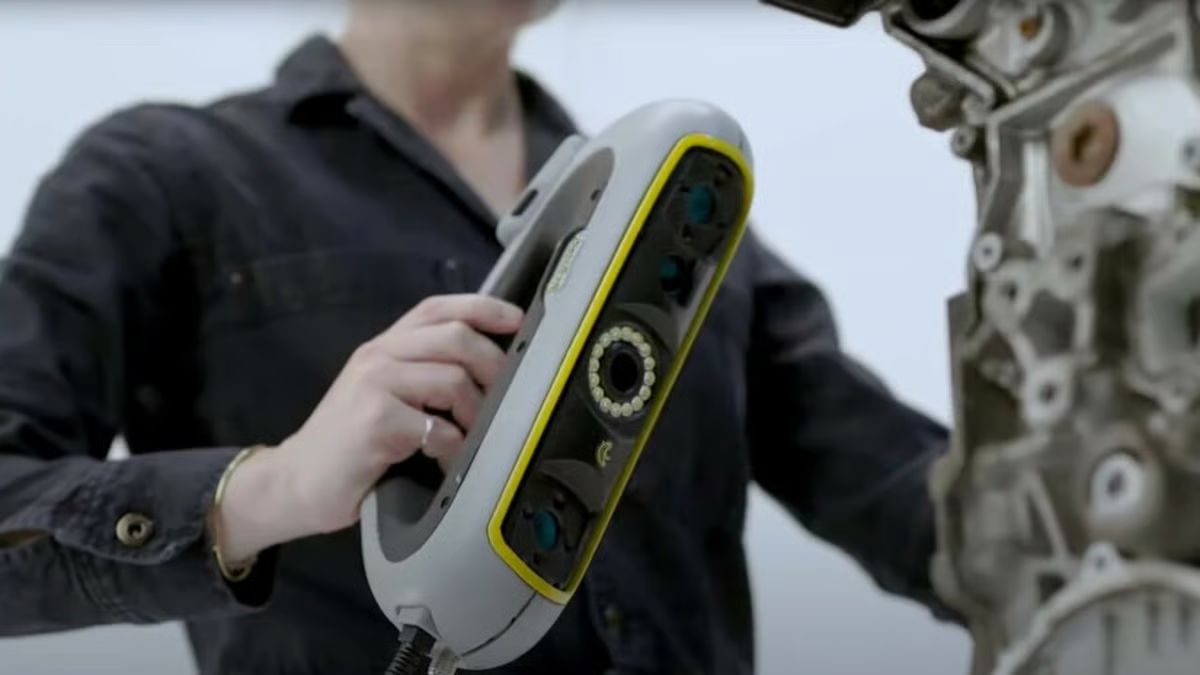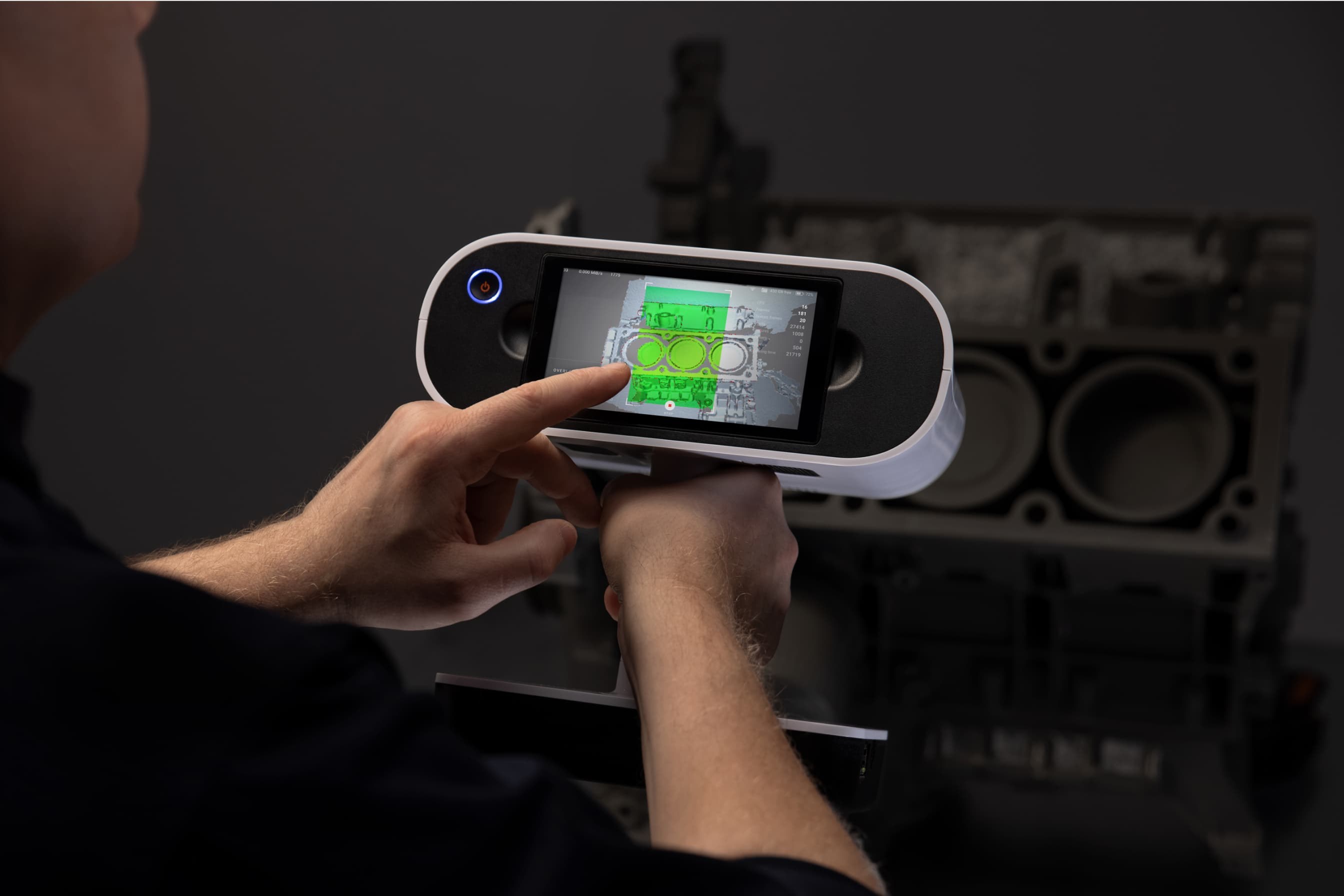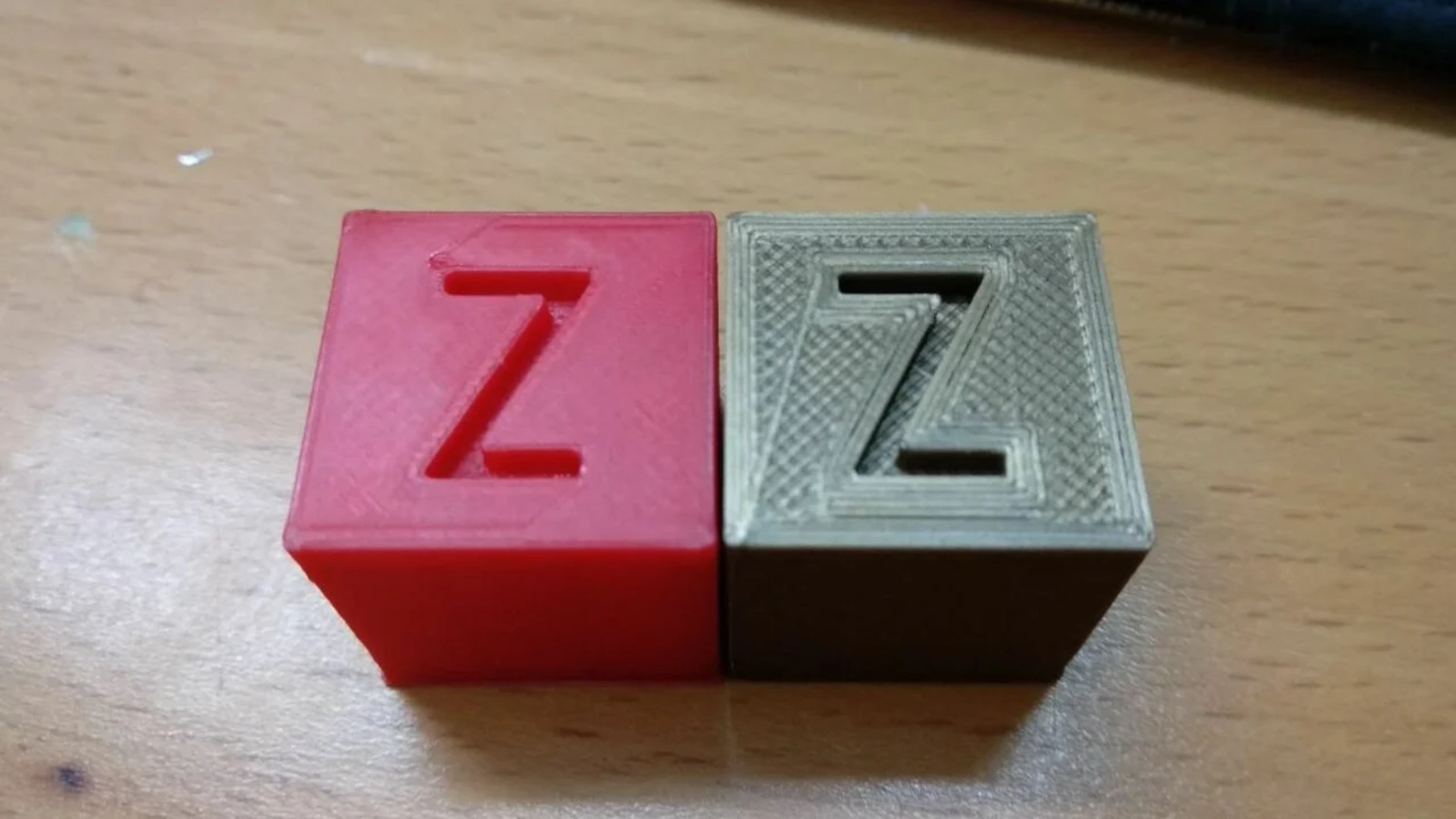Introduction
Art is an integral part of our collective human history, telling stories and reflecting the culture and creativity of societies across the world. However, the preservation of art is a constant challenge faced by museums, galleries, and art enthusiasts. Over the years, technological advancements have played a significant role in aiding art preservation, and one such innovation making waves in the art world is 3D printing.
3D printing, also known as additive manufacturing, is a process of creating three-dimensional objects by layering materials based on a digital model. Originally developed for industrial applications, 3D printing has now expanded its reach into various industries, including art preservation.
Preserving art is crucial because it allows us to maintain the beauty and integrity of masterpieces for future generations. Unfortunately, art can deteriorate over time due to factors such as environmental conditions, aging, and accidents. This is where 3D printing comes into play, providing solutions to the challenges faced in art preservation.
Throughout history, art preservation has been a multifaceted endeavor, requiring delicate handling, meticulous documentation, and occasional restoration. However, traditional preservation methods have their limitations. For instance, creating replicas of sculptures and artifacts was a time-consuming and expensive process.
However, with the advent of 3D printing technology, art preservation has taken a giant leap forward. The ability to create digital models of artworks and then reproduce them using 3D printing has revolutionized the field. This innovative technique not only allows for the reproduction of artworks but also facilitates the restoration of damaged pieces and the documentation and archiving of valuable artworks.
In this article, we will explore the various ways in which 3D printing is transforming the art preservation industry. From creating replica sculptures and artifacts to restoring damaged artworks, we will delve into the practical applications of this technology. Additionally, we’ll discuss how 3D printing is helping to document and archive invaluable pieces of art, ensuring their preservation for future generations to appreciate and study.
Join us on this journey as we discover the fascinating intersection of technology and art preservation through the lens of 3D printing.
What is 3D Printing?
3D printing, also known as additive manufacturing, is a revolutionary process that allows for the creation of three-dimensional objects from a digital model. Instead of removing material from a solid block, like in traditional subtractive manufacturing methods, 3D printing builds objects layer by layer, using materials such as plastic, metal, or even biological substances.
The process begins with a digital design, typically created using computer-aided design (CAD) software or obtained through 3D scanning. This digital model is then sliced into thin cross-sectional layers, which serve as a blueprint for the 3D printer. The printer deposits or solidifies the chosen material layer by layer until the final object is complete.
One of the key advantages of 3D printing is its ability to produce complex shapes and intricate details that would be difficult or impossible to achieve through traditional manufacturing methods. This flexibility has made 3D printing widely popular in various industries, including aerospace, automotive, healthcare, and now, art preservation.
There are several types of 3D printing technologies available, each with its own unique process and material requirements. Some common techniques include fused deposition modeling (FDM), stereolithography (SLA), selective laser sintering (SLS), and digital light processing (DLP).
3D printing has revolutionized many industries, allowing for faster prototyping, customization, and cost-effective production. In the context of art preservation, the technology’s ability to faithfully reproduce artworks and restore damaged pieces has become invaluable.
By understanding the basic principles of 3D printing, we can delve into its applications in art preservation and explore how this technology is transforming the way we safeguard our cultural heritage.
The Importance of Art Preservation
Art preservation is of paramount importance as it allows us to protect and safeguard our cultural heritage for present and future generations. Artworks, whether they are paintings, sculptures, or artifacts, hold tremendous historical, cultural, and artistic value. By preserving these works, we ensure that they remain accessible, allowing individuals to connect with our shared human history.
One of the primary reasons for art preservation is to prevent the loss of artistic masterpieces. Throughout history, numerous works of art have been lost or destroyed due to factors such as natural disasters, wars, or negligence. Preserving art helps to mitigate these risks and ensures that these significant cultural artifacts survive for future generations to appreciate.
Art preservation also contributes to the study and understanding of different artistic movements, styles, and techniques. By preserving artworks, scholars, art historians, and researchers have the opportunity to examine and analyze these pieces, shining a light on the cultural and historical context in which they were created. This knowledge helps us gain insights into the evolution of art and its impact on society.
Furthermore, art preservation plays a vital role in maintaining the artistic and aesthetic integrity of masterpieces. Over time, artworks can deteriorate and suffer from damage caused by environmental factors, aging, or improper handling. Through careful preservation efforts, these damages can be minimized or reversed, allowing the original artistic vision to shine through.
Preserving art also fosters a sense of cultural identity and pride. Artworks often serve as symbols of a nation’s heritage, reflecting the stories, values, and achievements of a particular culture. By safeguarding these artworks, we preserve our cultural identity and create a sense of unity and continuity with our past.
Lastly, art preservation allows for the enjoyment and education of future generations. Museums, galleries, and cultural institutions serve as repositories for art, providing spaces where individuals can experience and appreciate these works firsthand. Preserving art ensures that these institutions can continue to educate, inspire, and promote cultural exchange.
In essence, art preservation goes beyond the physical conservation of artworks; it is about preserving our collective human history, cultural identity, and artistic legacy. By upholding and prioritizing the preservation of art, we ensure that future generations can also be enriched by its beauty and significance.
Challenges in Art Preservation
Art preservation is a complex and multifaceted field that comes with its fair share of challenges. From environmental factors to technological limitations, preserving art requires careful consideration and proactive measures to overcome these obstacles and ensure the longevity of artistic masterpieces.
One of the major challenges faced in art preservation is environmental conditions. Factors such as temperature, humidity, light exposure, and pollutants can have detrimental effects on artworks. Fluctuations in temperature and humidity can cause materials to expand and contract, leading to structural damage. Exposure to excessive light can result in fading, discoloration, and deterioration of pigments and dyes. Airborne pollutants, including dust particulates and chemical emissions, can also accumulate on the surface of artworks, causing gradual degradation over time.
Another significant challenge is the aging and deterioration of materials used in artworks. From canvas and paper to paint and sculptural mediums, the materials used in art can naturally degrade over time. Paint may crack or flake, pigments can fade, and paper can become brittle. Additionally, certain materials, such as wood, may be susceptible to insect infestation or rot if not properly treated and maintained.
Preserving delicate and fragile artworks poses another challenge. Some artworks may be inherently vulnerable due to their size, weight, or material composition. Transporting and storing these pieces require specialized equipment and techniques to ensure their safety and prevent damage during handling.
Technological limitations also present challenges in art preservation. Traditional methods of preserving certain artworks, such as sculptures, may be time-consuming and expensive. Creating replicas or molds for restoration purposes often required skilled craftsmanship and meticulous manual labor. The lack of precise replication techniques meant that even the most talented restorers couldn’t recreate every intricate detail of an artwork.
In addition to these challenges, there is also the issue of accessibility and conservation ethics. Some artworks are located in remote or conflict-ridden areas, making it difficult to access and preserve them. Furthermore, ethical considerations surrounding the restoration and conservation of artworks, such as determining the extent of intervention or the use of controversial cleaning methods, can complicate preservation efforts.
Despite these challenges, advancements in technology, particularly the emergence of 3D printing, offer promising solutions to overcome these obstacles. By harnessing the power of technology, art preservation can break through the limitations of traditional methods and address these challenges more effectively.
In the following sections, we will explore how 3D printing is transforming the landscape of art preservation and addressing these challenges head-on.
How Does 3D Printing Help with Art Preservation?
3D printing has emerged as a powerful tool in the field of art preservation, revolutionizing the way we approach the conservation, restoration, and documentation of artworks. This innovative technology provides unique solutions to the challenges faced in preserving our cultural heritage, offering new opportunities for replication, restoration, and archival purposes.
One of the primary applications of 3D printing in art preservation is the creation of replica sculptures and artifacts. Traditionally, replicating sculptures or artifacts required skilled craftsmen to meticulously recreate every detail by hand. This process was time-consuming, expensive, and often resulted in slight variations from the original piece.
With 3D printing, creating replicas has become much more efficient and accurate. Using high-resolution 3D scanning techniques, artworks can be digitally captured and transformed into 3D models. These digital models can then be printed using various materials, such as resin or gypsum, to produce faithful replicas of the original artworks. This allows museums and galleries to display replicas to the public while safely storing the original pieces, thus reducing the risk of damage or loss.
Another significant benefit of 3D printing in art preservation is its ability to assist in the restoration of damaged artworks. Many artworks, especially older pieces, are prone to degradation, and over time, may suffer from cracks, missing fragments, or other forms of damage. Restoring these artworks to their original state is a delicate process that requires careful consideration of the artistic intent and historical significance.
3D printing allows for the fabrication of replacement parts or missing fragments, which can seamlessly integrate into the original artwork, enhancing its structural integrity and aesthetic appeal. By scanning the damaged piece and designing a 3D model of the missing component, restorers can recreate the missing parts using a compatible material and attach them to the artwork, preserving its visual coherence.
Besides replication and restoration, 3D printing plays a crucial role in documenting and archiving artworks. Traditional methods of documentation, such as photography and written descriptions, often fall short in capturing the intricate details and dimensions of complex artworks.
3D scanning and printing provide a comprehensive and accurate solution for documenting and archiving artworks. By creating high-resolution 3D models, museums and galleries can digitally preserve invaluable pieces of art, capturing the nuanced texture, form, and spatial relationships of the artwork. These digital models can be stored in databases, allowing for easy access, study, and even virtual exhibitions.
As technology continues to advance, the future of art preservation with 3D printing holds great promise. With the ability to replicate, restore, and document artworks with precision and efficiency, 3D printing is transforming the way we approach and safeguard our cultural heritage.
Creating Replica Sculptures and Artifacts
One of the remarkable applications of 3D printing in art preservation is the ability to create accurate and detailed replicas of sculptures and artifacts. Replicating artworks with traditional methods often involved skilled artisans laboriously recreating every intricate detail, which was time-consuming and costly. However, 3D printing has revolutionized this process, enabling the creation of faithful replica sculptures and artifacts more efficiently.
Using advanced 3D scanning technology, artworks can be digitized and transformed into precise 3D models. The scanning process captures the surface geometry and texture of the original sculpture or artifact, ensuring that every contour and minute detail is preserved. The resulting 3D model serves as the blueprint for the 3D printing process.
Once the digital model is ready, it can be printed using a suitable material, such as resin, gypsum, or even metal. The printer builds the replica layer by layer, adhering to the dimensions and specifications of the original artwork. This layer-by-layer approach allows for the recreation of complex shapes and intricate details, making it possible to replicate even the most delicate and intricate sculptures.
The ability to create replica sculptures and artifacts opens up exciting possibilities for museums, galleries, and art enthusiasts. Replicas can be displayed in exhibitions, allowing visitors to appreciate and experience the artwork up close. Furthermore, they can be loaned to other institutions or used for educational purposes, ensuring broader access and engagement with important artworks.
Replication also has practical benefits in terms of art preservation. By having a replica on display, museums and galleries can ensure the protection of the original artwork, minimizing the risk of damage or theft. Moreover, replicas can be used for research or conservation purposes, allowing experts to study and analyze the artwork without handling the original piece, thus preserving its condition.
3D printing not only offers a more efficient and cost-effective method of creating replica sculptures and artifacts, but it also democratizes access to art. By making reproductions more accessible, 3D printing breaks down barriers and allows individuals from all walks of life to experience and engage with cultural and artistic treasures that may be housed in distant or limited-access locations.
The ability to reproduce sculptures and artifacts with such precision and accuracy through 3D printing has opened up new avenues for the preservation, documentation, and appreciation of our artistic heritage.
Restoring Damaged Artworks
Restoring damaged artworks is a critical aspect of art preservation, and 3D printing has emerged as a valuable tool in this field. Artworks, especially older pieces, can suffer from various forms of damage, such as cracks, missing parts, or deterioration. Traditional restoration methods often involve meticulous manual labor and skilled craftsmanship, which can be time-consuming and challenging to achieve with utmost precision.
With 3D printing technology, the restoration process has been revolutionized. By utilizing high-resolution 3D scanning techniques, damaged artworks can be scanned and transformed into digital models. These digital representations capture the exact dimensions and details of the original artwork, serving as a reference for the restoration process.
The damaged parts or missing fragments can be recreated using 3D printing. By designing a 3D model of the missing component, restorers can accurately replicate the shape and structure of the original artwork. The 3D printer then brings the digital design to life by building the restoration piece layer by layer, using materials that closely match the original composition.
One of the key advantages of 3D printing in restoration is its ability to seamlessly integrate the replica part with the original artwork. The physical properties and textures of the printed material can be tailored to match the surrounding areas, enhancing the visual coherence of the restored piece. This level of precision and accuracy empowers restorers to achieve a more faithful and authentic restoration result.
Furthermore, 3D printing allows for the flexibility to test different restoration options before committing to final repairs. Restorers can create multiple replicas of the damaged areas and assess each variation to determine the most suitable approach. This iterative process ensures that the chosen restoration method aligns with the original artistic intent, historical context, and conservation ethics.
Additionally, 3D printing enables restorers to tackle complex restoration challenges, such as recreating intricate details or fragile sections of an artwork. The technology’s ability to reproduce fine details with precision expands the possibilities for restoring even the most delicate and intricately designed pieces.
The use of 3D printing in restoring damaged artworks not only provides more efficient and accurate solutions but also helps preserve the cultural and historical significance of the original piece. By carefully assessing the condition and using 3D printing as a tool for restoration, art conservators can breathe new life into damaged artworks while respecting their artistic integrity and ensuring their long-term preservation.
Documenting and Archiving Artworks
Documenting and archiving artworks is a vital part of art preservation, and 3D printing has revolutionized this process. Traditional methods of documentation, such as photography and written descriptions, may fall short in capturing the intricate details and dimensions of complex artworks. 3D printing offers a comprehensive and accurate solution to preserve and archive invaluable pieces of art.
Through the use of advanced 3D scanning technology, artworks can be digitally captured and transformed into high-resolution 3D models. This digital representation captures not only the visual appearance but also the intricate geometry, texture, and spatial relationships of the artwork. As a result, the digital model provides a comprehensive documentation that can be used for a variety of purposes.
Archiving artworks using 3D printing has numerous benefits. First and foremost, it ensures the preservation of the original artwork in a digital format. Museums, galleries, and cultural institutions can create a virtual archive of their collections, allowing for safe storage and easy access to the digital representations of valuable artworks. This safeguards against potential damage, theft, or loss of the original pieces.
The digital archive also serves as a valuable resource for research, education, and exhibition purposes. Scholars, art historians, and researchers can access the digital models to study and analyze the artwork in great detail. They can explore the texture, form, and spatial relationships, gaining insights into the artist’s technique and artistic intent.
3D printing also allows museums and galleries to provide immersive experiences and engage visitors in unique ways. By utilizing the digital models, institutions can create 3D-printed replicas of artworks for tactile exploration or interactive exhibits. This hands-on approach enables individuals to have a deeper connection and understanding of the artwork, enhancing the overall museum experience.
Furthermore, the digital models can be shared with other institutions and researchers around the world, facilitating collaboration and knowledge sharing. Virtual exhibitions can be created, allowing people from different geographic locations to access and appreciate artworks that may otherwise be difficult to access.
As technology continues to advance, the potential applications of 3D printing in documenting and archiving artworks are expanding. Improved scanning techniques, increased accessibility of 3D printers, and advancements in materials are continually enhancing the accuracy and fidelity of the digital models. This paves the way for even more comprehensive and detailed documentation of artworks.
Overall, 3D printing has revolutionized the art preservation field by providing an innovative and effective solution for documenting and archiving artworks. The digital models created through this technology ensure the preservation, accessibility, and study of valuable cultural and artistic assets for generations to come.
The Future of Art Preservation with 3D Printing
The use of 3D printing in art preservation has already made significant advancements, but the future holds even more potential for this technology to transform the field. As technology continues to evolve, we can expect further advancements and applications of 3D printing in preserving and safeguarding our cultural heritage.
One area with immense potential is the restoration of deteriorated and fragmented artworks. Thanks to 3D printing, restorers can now recreate missing parts and restore damaged sections with remarkable precision. As the technology continues to improve, the ability to replicate complex structures and delicate details will become even more refined, enabling the restoration of artworks with even greater accuracy.
The development of new materials specifically tailored for 3D printing is also an area of active exploration. Researchers are constantly looking for materials that closely match the properties and characteristics of traditional artistic mediums. By developing materials that mimic the texture, color, and even aging properties of historical materials, 3D printing can facilitate more authentic restorations that seamlessly integrate with the original artwork.
Another exciting prospect is the use of 3D printing to recreate artistic techniques and processes. By studying historical records and analyzing artworks, researchers can create custom 3D-printed tools and molds that artists can use to replicate traditional methods. This allows artists to explore and experiment with ancient techniques while preserving and continuing a rich artistic tradition.
Additionally, advancements in 3D scanning technology will contribute to a more comprehensive digital archive of artworks. Improved scanning capabilities will capture finer details and enhance the overall accuracy and fidelity of the digital models. This will ensure that future generations have access to a wealth of information about artworks, contributing to a deeper understanding of various artistic periods and styles.
Collaborative efforts between art conservators, researchers, and technologists will shape the future of 3D printing in art preservation. By working together, they can develop standardized procedures and protocols for using 3D printing in restoration, documentation, and archival practices. This collaboration will further establish 3D printing as an integral component of the art preservation toolkit.
Moreover, the democratization of 3D printing technology will drive innovation in art preservation. As 3D printers become more affordable and accessible, smaller institutions and individual collectors will have the capability to utilize this technology for their preservation efforts. This expanded access will enhance knowledge-sharing and enable a broader reach in preserving and disseminating artistic heritage.
The future of art preservation with 3D printing is an exciting one. From restoration to documentation and beyond, this technology offers unprecedented possibilities for maintaining and appreciating our cultural heritage. With ongoing advancements, 3D printing will continue to push the boundaries of art preservation, ensuring that our artistic treasures endure for generations to come.
Conclusion
Art preservation is a challenging yet crucial endeavor, and 3D printing has emerged as a powerful tool in this field. With its ability to create replica sculptures and artifacts, restore damaged artworks, and document and archive invaluable pieces, 3D printing is revolutionizing the way we approach and safeguard our cultural heritage.
By leveraging advanced 3D scanning technology, art conservators can capture intricate details and dimensions of artworks, creating digital models that serve as blueprints for 3D printing. This process allows for the creation of faithful replicas, minimizing the risk of damage to the original pieces and providing broader access to art. Additionally, 3D printing assists in the restoration process, enabling the recreation of missing parts and seamlessly integrating them with the original artwork.
Furthermore, 3D printing ensures the accurate documentation and archiving of artworks, capturing their physical properties and enabling virtual exhibitions and research opportunities. The digital models generated through 3D printing also contribute to the preservation of cultural heritage by providing a comprehensive representation of artworks for future generations to appreciate and study.
The future of art preservation with 3D printing holds great promise. Continued advancements in technology, materials, and scanning techniques will further enhance the precision, fidelity, and authenticity of 3D-printed replicas. Collaborative efforts between art conservators, researchers, and technologists will drive innovation and standardization in 3D printing practices for art preservation.
As 3D printing technology becomes more affordable and accessible, it will empower smaller institutions and individual collectors to actively participate in preserving and disseminating artistic heritage. The democratization of this technology will foster knowledge-sharing and broaden the reach of art preservation efforts.
In conclusion, 3D printing has emerged as a transformative force in the field of art preservation. By revolutionizing replication, restoration, and documentation practices, this technology ensures the longevity and accessibility of our cultural treasures. As we continue to harness the power of 3D printing, we will foster a future where art preservation is more effective, efficient, and inclusive, allowing present and future generations to connect, appreciate, and learn from our rich artistic heritage.







